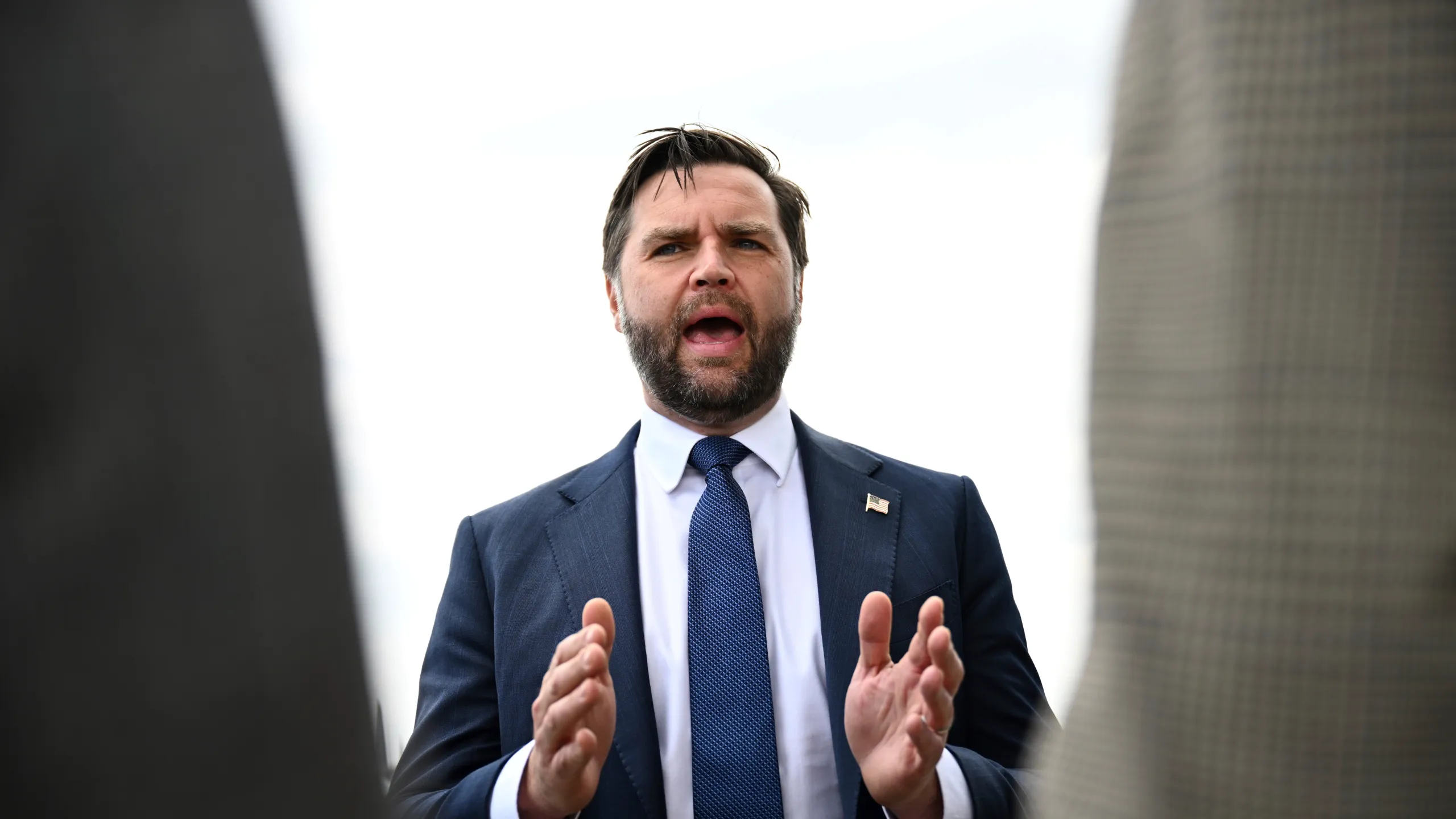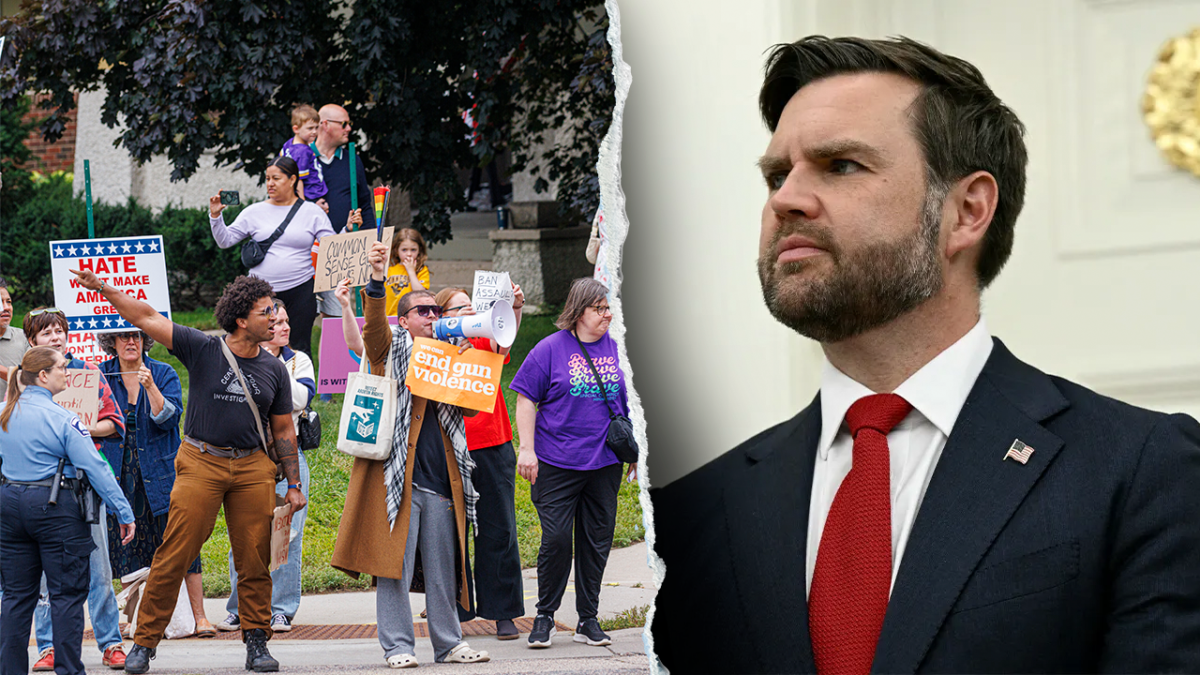Vice President JD Vance traveled to Minneapolis this week to pay his respects to the victims of last week’s deadly mass shooting, but his appearance sparked a wave of controversy. As he stood outside a local church where mourners had gathered, protesters loudly voiced their anger, calling his visit “tone-deaf” and questioning the sincerity of his presence.
The shooting, which left multiple victims dead and the community in mourning, has reignited the national debate over gun violence in America. Families, survivors, and activists continue to demand stronger action from Washington to prevent similar tragedies. Against this backdrop, Vance’s visit drew sharp criticism from demonstrators who accused him of failing to support meaningful gun reform.
Many protesters held signs reading “End Gun Violence” and “Make America Safe Again.” Others shouted chants urging the administration to take stronger measures on gun control. According to participants, their frustration was not only directed at the shooting itself but also at what they see as ongoing political inaction.
For Vance, the visit was meant to be a solemn gesture of compassion. He laid flowers near the church entrance and met briefly with families of the victims. His office later released a statement saying that the Vice President was there “to honor the lives lost and to stand in solidarity with the people of Minneapolis.” Yet outside the church, the reaction was anything but welcoming.

Critics argue that symbolic gestures without policy change do little to address the root causes of mass shootings. Activists pointed to recent legislative failures, noting that stronger background checks, assault weapon bans, and community safety programs have stalled in Congress. For them, Vance’s presence represented politics as usual—offering condolences without action.
Supporters of the Vice President, however, defended his decision to attend the memorial, insisting that political leaders have a duty to comfort communities in times of grief. They argue that Vance’s role was not to debate policy on the spot but to show respect for the victims and acknowledge the pain of the city.
The clash highlights a deeper divide across the United States, where mass shootings have become tragically common. Communities expect empathy from national leaders, but many also demand concrete reforms. The Minneapolis protest serves as a reminder that symbolic appearances may not satisfy a public hungry for solutions.
As the nation continues to grapple with the toll of gun violence, the controversy surrounding JD Vance’s visit raises critical questions: How should political leaders respond in the aftermath of tragedy? And will symbolic gestures ever be enough in the face of America’s ongoing crisis of mass shootings?


